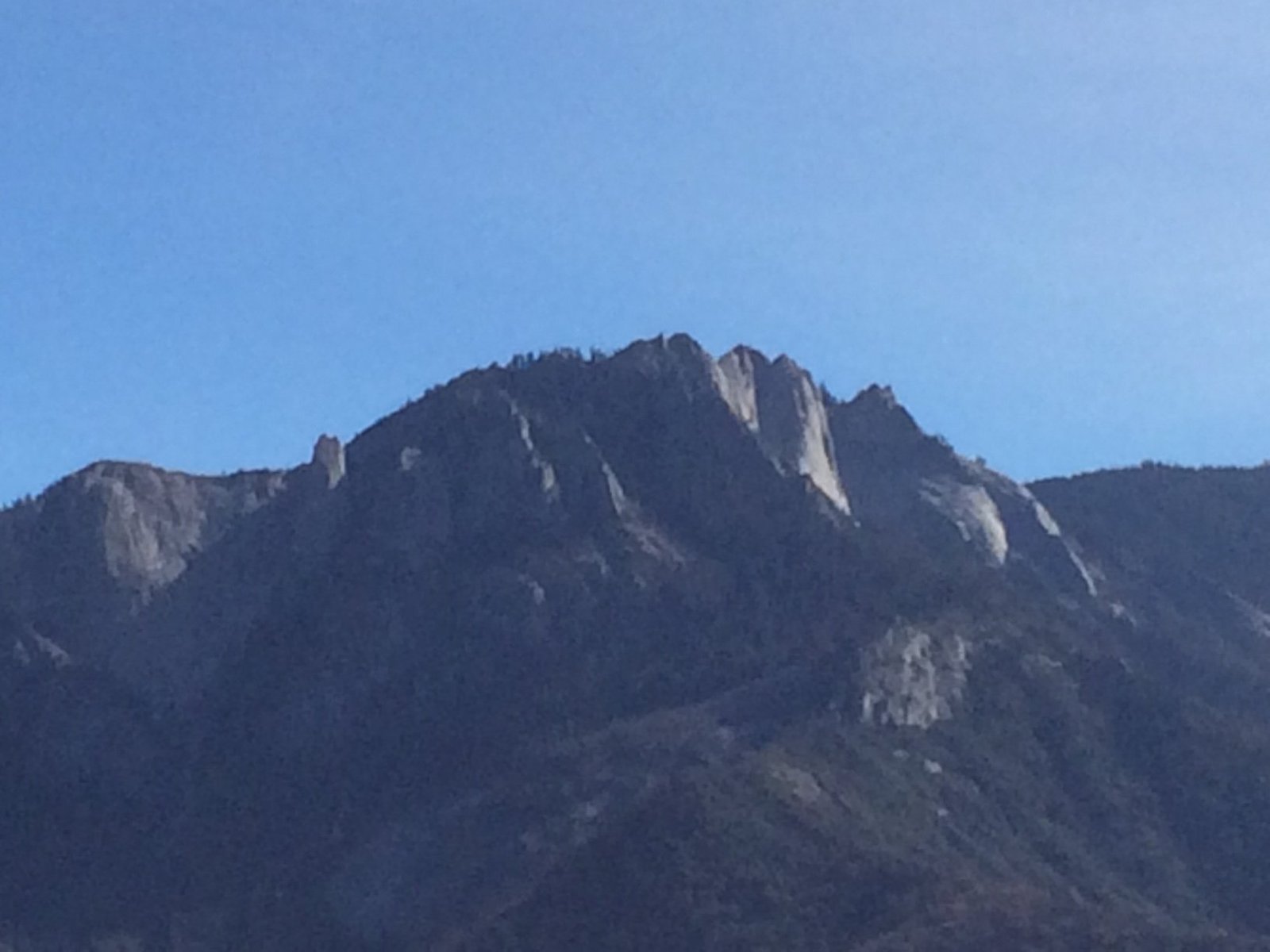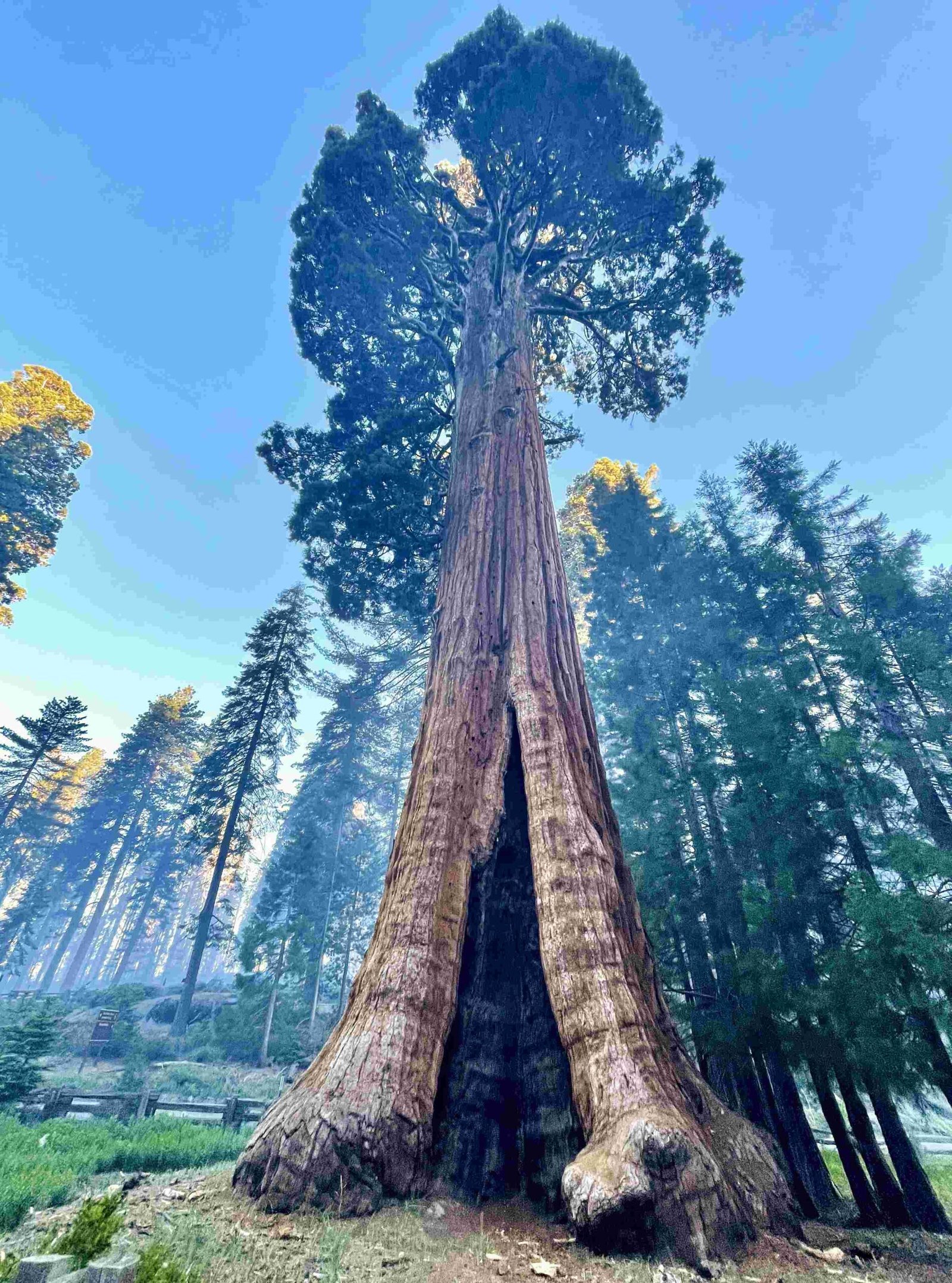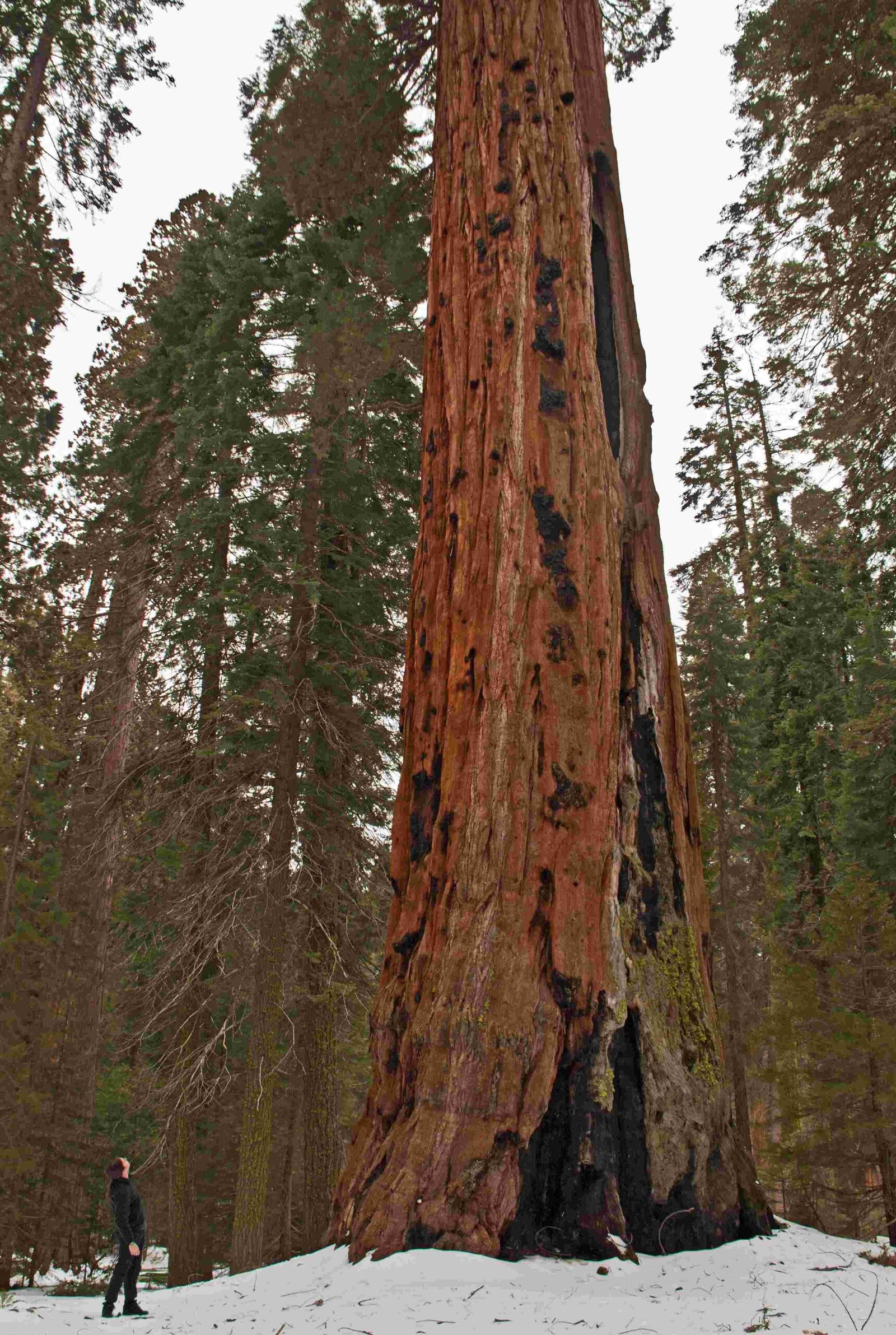Particulate matter in Sequoia National Park is a critical air quality concern, impacting both visitor experience and ecosystem health. The park, known for its giant sequoias and diverse landscapes, faces challenges from various pollution sources, including agricultural activities, industrial emissions, and urban pollutants. Current monitoring shows PM2.5 levels at 5 µg/m³ and PM10 at 13 µg/m³, both classified as ‘Good’ on the Air Quality Index. This article delves into the complexities of particulate matter in this iconic national park.
What Are the Current Particulate Matter Levels in Sequoia National Park?

As of November 29, 2024, the particulate matter levels in Sequoia National Park’s Ash Mountain area are:
- PM2.5 (Particulate Matter 2.5 microns and smaller): 5 µg/m³
- PM10 (Particulate Matter 10 microns and smaller): 13 µg/m³
Both these levels are categorized as ‘Good’ according to the Air Quality Index (AQI). This data provides a snapshot of the current air quality situation in the park, which can vary based on seasonal and environmental factors.
What Are the Main Sources of Particulate Matter in Sequoia National Park?

The particulate matter affecting Sequoia National Park originates from various sources:
- Agricultural activities in the Central Valley of California
- Industrial emissions from power plants and other facilities
- Vehicle emissions, particularly from major highways
- Urban pollutants from distant areas, including the San Francisco Bay Area
- Seasonal factors, especially during summer months
These sources contribute to the complex air quality issues faced by the park, with each playing a significant role in the overall particulate matter levels.
How Does Particulate Matter Affect Visitor Health in Sequoia National Park?
Exposure to particulate matter in Sequoia National Park can lead to several health concerns:
- Respiratory Issues:
- Coughing
- Difficulty breathing
- Aggravation of asthma
-
Potential for chronic respiratory diseases with long-term exposure
-
Cardiovascular Problems:
- Fine particulate matter can enter the bloodstream
-
Increased risk of cardiovascular issues
-
Other Health Effects:
- Eye and throat irritation
- More severe health impacts with prolonged exposure
Vulnerable populations, such as children, the elderly, and those with pre-existing health conditions, are particularly at risk from these effects.
Where Are the Air Quality Monitoring Stations Located in Sequoia National Park?
Sequoia National Park has strategically placed air quality monitoring stations:
- Ash Mountain Headquarters (in the foothills)
- Western edge of Giant Forest
- Wet deposition monitoring site at Giant Forest
- Dry deposition site at Ash Mountain Headquarters
These stations collect crucial data on particulate matter, ozone levels, and other pollutants, providing a comprehensive picture of the park’s air quality.
What Methods Are Used for Air Quality Monitoring in Sequoia National Park?
The park employs various methods to monitor air quality:
| Monitoring Method | Description |
|---|---|
| Particulate Matter Measurement | Measures fine (PM2.5) and coarse (PM10) particulate matter |
| Ozone Level Monitoring | Tracks ground-level ozone concentrations |
| Visibility Assessment | Uses digital images, video, and optics to evaluate atmospheric light scattering and absorption |
| Wet and Dry Deposition Monitoring | Collects data on pollutants deposited through precipitation and air |
These methods provide a comprehensive understanding of the air quality dynamics within the park.
How Can Visitors Access Real-Time Air Quality Data for Sequoia National Park?
Visitors to Sequoia National Park can access up-to-date air quality information through several channels:
- National Park Service Website: The official NPS air quality monitoring web page provides live data and webcam feeds.
- On-Site Information Centers: Visitor centers within the park often display current air quality readings.
- Mobile Apps: Some third-party apps aggregate and display air quality data for national parks.
- Park Rangers: Staff can provide the latest air quality updates and recommendations.
This accessibility allows visitors to plan their activities based on current air quality conditions, ensuring a safer and more enjoyable park experience.
What Seasonal Variations Affect Particulate Matter Levels in Sequoia National Park?
Particulate matter levels in Sequoia National Park exhibit significant seasonal variations:
- Summer Months:
- Higher levels of ground-level ozone
- Increased PM2.5 concentrations
-
Air quality often exceeds federal health standards
-
Winter Months:
- Generally lower particulate matter levels
-
Potential for inversion layers trapping pollutants in valleys
-
Spring and Fall:
- Transitional periods with varying air quality
- Influenced by weather patterns and regional activities
Understanding these seasonal trends is crucial for both park management and visitor planning.
How Does Particulate Matter Impact the Ecosystem of Sequoia National Park?
The effects of particulate matter on Sequoia National Park’s ecosystem are multifaceted:
- Plant Health:
- Reduced photosynthesis due to particulate matter on leaf surfaces
-
Potential stunted growth in sensitive plant species
-
Water Quality:
- Deposition of particulates in water bodies
-
Alteration of aquatic ecosystems
-
Soil Chemistry:
- Changes in soil pH from acidic deposition
-
Potential impacts on nutrient cycling
-
Wildlife:
- Respiratory issues in animals, similar to humans
-
Potential bioaccumulation in food chains
-
Visibility:
- Reduced scenic views, affecting both wildlife and visitor experience
These impacts underscore the importance of ongoing air quality management and research in the park.
What Measures Are Being Taken to Reduce Particulate Matter in Sequoia National Park?
Sequoia National Park, in collaboration with various agencies, is implementing several measures to address particulate matter pollution:
- Emission Reduction Programs:
- Encouraging use of electric vehicles within the park
-
Implementing stricter emission standards for park vehicles and equipment
-
Visitor Education:
- Providing information on air quality and its impacts
-
Promoting responsible visitor behavior to minimize pollution
-
Collaborative Research:
- Partnering with universities and research institutions to study air quality trends
-
Developing innovative monitoring techniques
-
Policy Advocacy:
- Working with regional and national authorities to address broader air quality issues
-
Supporting clean air initiatives that affect the park’s airshed
-
Ecosystem Management:
- Implementing controlled burns to reduce wildfire risk and associated particulate matter
- Monitoring and managing vegetation to optimize natural air filtration
These efforts aim to preserve the park’s air quality for future generations while maintaining its ecological integrity.

